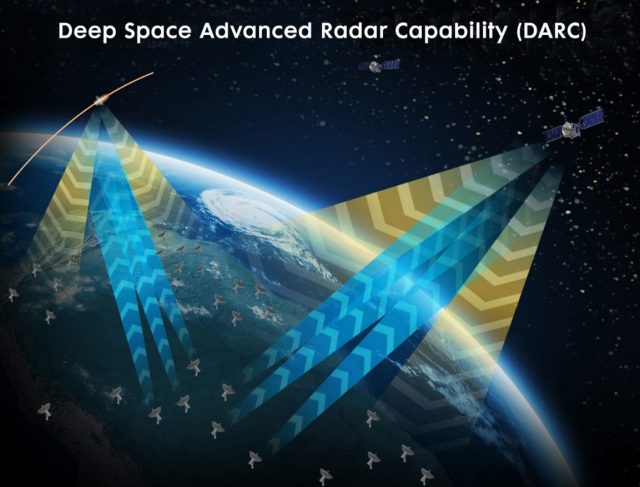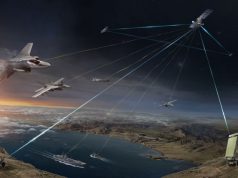The US Space Force has awarded Northrop Grumman a $341 million contract to develop, test and deliver a Deep-Space Advanced Radar Capability (DARC) that is poised to support the service’s space domain awareness mission.
The US Space Force Space Systems Command (SSC) awarded the contract to the company through the Space Enterprise Consortium (SpEC), an entity created in 2017 through the Air Force Space Systems Command to bridge the gap between military buyers and commercial space startups and small businesses through OTAs.
DARC will augment the military’s space surveillance network as an additional sensor with increased capacity and capability to monitor deep space objects and eventually provide full global coverage.
The initial DARC contract includes the design, development and delivery of a Site 1 system located in the Indo-Pacific region. The company is expected to deliver a prototype solution that will provide an “operational leave behind capability” by 2025.
In addition to the Indo-Pacific site, DARC foresees two additional sites strategically placed around the world at later stages of the program.
“The DARC program will field a resilient ground-based radar providing our nation with significantly enhanced space domain awareness for geostationary orbit,” said Pablo Pezzimenti, vice president, integrated national systems, Northrop Grumman. “While current ground-based systems operate at night and can be impacted by weather conditions, DARC will provide an all-weather, 24/7 capability to monitor the highly dynamic and rapidly evolving geosynchronous orbital environment critical to national and global security.”
DARC is envisioned as a system that will offer higher sensitivity, better accuracy, increased capacity, and more agile tracking than current radars capable of tracking objects at geosynchronous earth orbit altitudes. The 24/7 all-weather capability and higher radar power at geostationary orbit will be an advantage over current radar and optical sensors. DARC will also offer the ability to track launches to geosynchronous orbit altitudes.



























